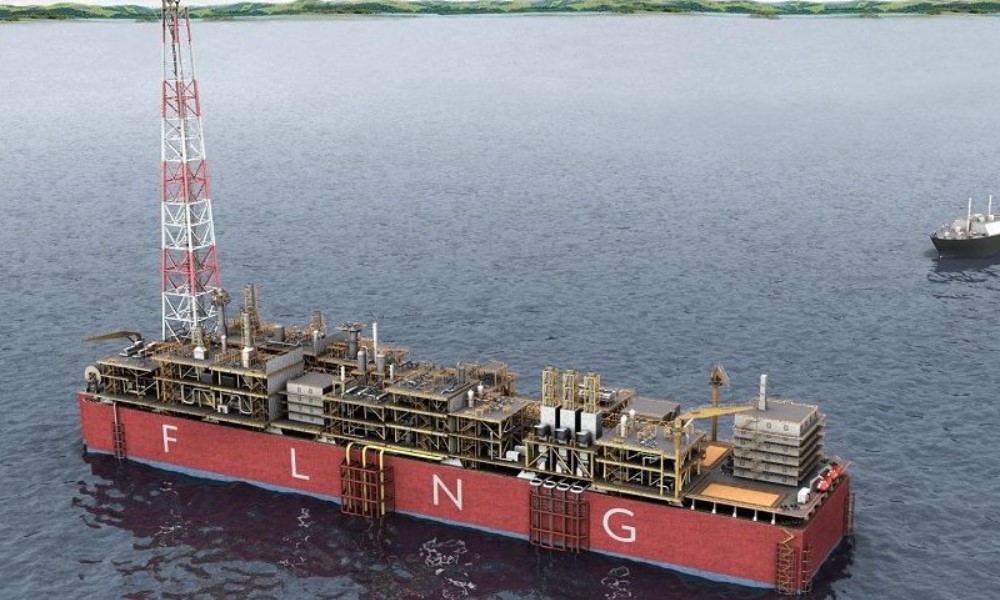New FLNG Project Set to Transform Nigeria’s Energy Sector

China’s Wison New Energies has recently signed a Front-End Engineering Design (FEED) contract with Ace Gas for an ambitious Floating Liquefied Natural Gas (FLNG) project in Nigeria. This project, which includes a 3 million tons per annum (mtpa) FLNG and a 230 megawatt (MW) power barge, marks a significant step forward in Nigeria’s energy landscape. The project aims to enhance the country’s gas processing capabilities and provide a reliable power supply to various gas assets and facilities operated by Ace Gas.
Project Overview and Objectives
The FLNG project will be strategically located approximately 10 kilometers offshore in waters that are about 20 meters deep. It is designed to receive and process up to 500 million standard cubic feet of gas daily. This substantial capacity will allow the project to play a crucial role in meeting Nigeria’s growing energy demands.
The natural gas processed by the FLNG will be directed to the 230MW power barge. This barge will generate electricity for Ace Gas-operated gas assets and processing facilities within the Escravos and Forcados hub. The integration of the FLNG with the power barge is expected to create a seamless energy supply chain, enhancing operational efficiency and reliability.
The project is not just about immediate energy supply; it also aims to lay the groundwork for future expansions. Ace Gas has secured a supply of 7 trillion cubic feet (tcf) of gas for the initial phases of the project, with plans for further development. This foresight indicates a commitment to long-term energy solutions in Nigeria.
Investment and Economic Impact
The financial commitment to this project is significant, with Ace Gas estimating that the investment will exceed $1 billion. This level of investment underscores the project’s potential to stimulate economic growth in the region. By developing the FLNG and power barge, Ace Gas aims to create jobs, enhance local infrastructure, and contribute to Nigeria’s energy independence.
The feedstock for the FLNG will be sourced from multiple fields across at least four blocks in the swamp and shallow water regions near the OML 109 license. This diversified sourcing strategy not only ensures a steady supply of gas but also mitigates risks associated with reliance on a single source.
Moreover, the project aligns with Nigeria’s broader energy goals, which include increasing the use of natural gas as a cleaner alternative to other fossil fuels. By harnessing its natural gas resources, Nigeria can reduce its carbon footprint while meeting the energy needs of its population and industries.
